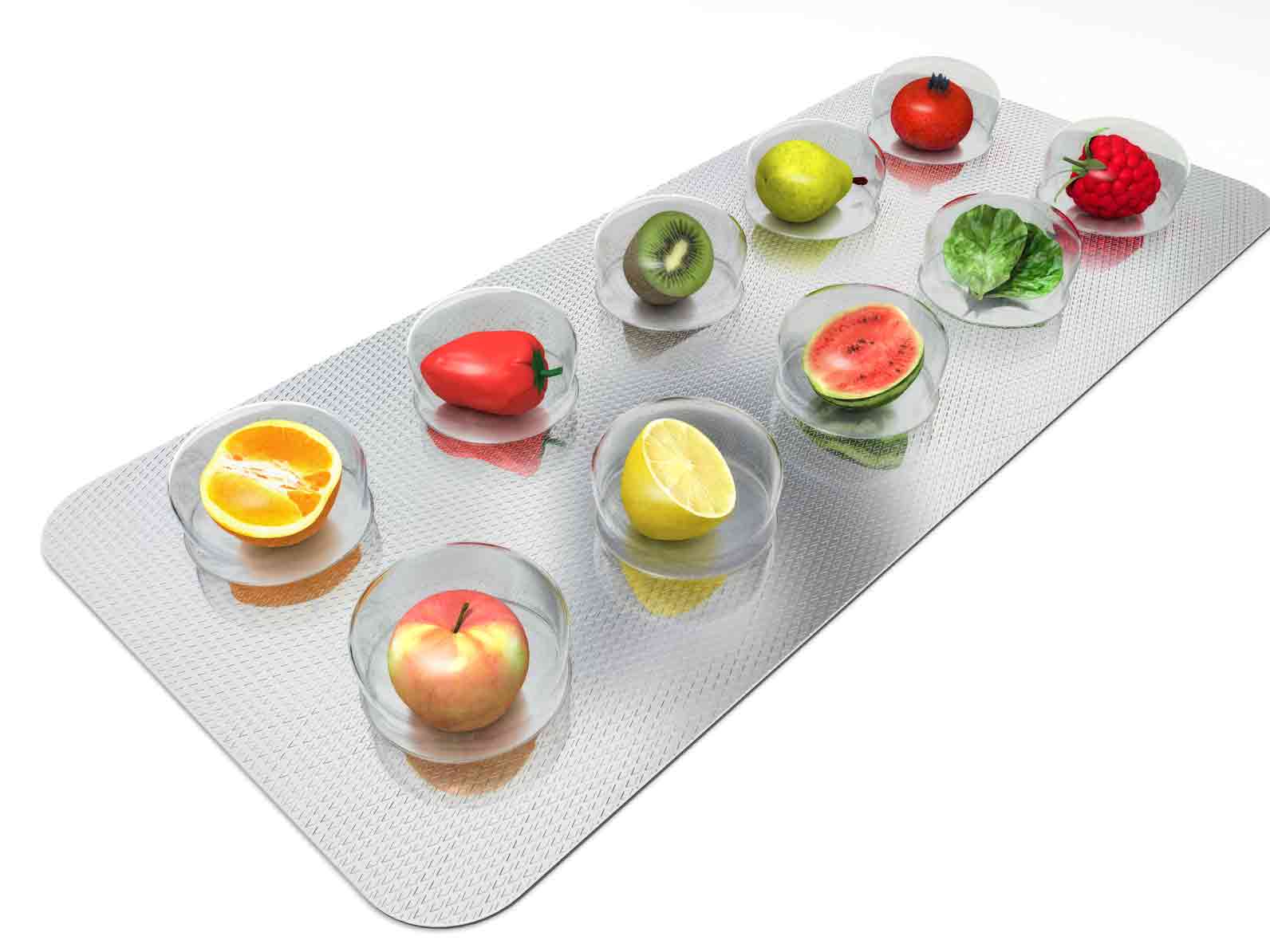Featured image: FSSAI
3-D bioprinting technology development is great for facilitating research and the development of new products. Companies desire to get scientific backing to substantiate the efficacy claims of their products. This becomes necessary, especially for companies that wish to expand their customer base from traditional herbal enthusiasts to the larger, more skeptical public.
Conducting a human trial is a complicated, time-consuming, and expensive affair. It is not just the regulatory process that is intimidating, but other issues such as culture, ethics and finance, and fear of failure are additional impediments.
Bioprinted human tissue created using 3-D bioprinters can help reduce these concerns. This makes it possible to conduct trials on human tissue safely. There are no ethical or cultural issues associated with this mode of testing. The need for intermediary animal trials may end in the future, and scientists could test directly on live human tissue.
3-D bioprinters and live tissue modeling have led to an increase in demand for 3-D cell tissue. According to BCC Research, the need for this tissue is estimated to reach US$2.2 billion by 2019. Research institutions are largely doing tissue modeling work. For instance, John Hopkins Bloomberg School of Public Health created a mini brain organoid with all neurons and other critical brain cellular compositions.
A computer-aided design (CAD) application is used to create the 3-D format on the screen. This output is fed into the 3-D bioprinter, which operates on three axes like any 3-D printer. However, there are two fundamental differences between a regular 3-D printer and a bioprinter.
The ink in a 3-D bioprinter is composed of living cell tissue injected with a syringe. Further, it is critical that in the process of printing and setting, the tissue stays alive. Ultraviolet (UV) light used in regular 3-D printers would kill living tissue. Danny Cabrera, the founder of Biobots, said that when tissue is exposed to this light, it remains alive during the print process.
Cabrera’s company has been able to manufacture bioprinters for $10,000 a unit. This dramatically cuts from the estimated $200,000 for a 3-D bioprinter. As the technology evolves, it will inevitably get commoditized, and a further drop in the cost of bioprinters will result. This should make 3-D bioprinters within reach of even small natural product companies. They will then be able to test their products using this biotech innovation.
The current capability to 3-d bioprint living tissue is still quite restricted. Organovo, another biotech company, is bioprinting human liver tissue and mini-brains, all with neurons and vessels intact.
Living tissue 3-D bioprinting should start on an industrial scale in a few years. This will greatly boost pre-clinical drugs and other material testing on live human tissue. Other applications and use cases will emerge in time. And startups like BioBots will evolve to take innovation to the next level.
Some bigger pharmaceutical, biotech, and cosmetic manufacturers have started leveraging this technology to test their products. On April 1, 2015, Organovo agreed with LÓreal USA Products Inc.
The two agreed to collaborate on developing skin tissue models using a bioprinting platform. LÓreal will use skin tissue models to develop, manufacture, test, evaluate, and sell nonprescription cosmetic, beauty, dermatology, and skin care products and nutraceutical supplements. This disclosure is made in an SEC filing.
BASF has agreed with a French biotech company that is also bioprinting tissue. BASF will use this technology to improve its skin model Mimeskin, claimed to be the closest equivalent to the original physiological tissue of human skin.
It is important to note that the agreement between LÓreal and Organovo includes testing nutraceutical formulations. The deal between Nestle and LÓreal and similar deals indicate that 3-D bioprinting human tissue will be used to test nutraceutical formulations. This should open the way for the use of this technology by natural product manufacturers, too.
PS: Take a look at my book on Biblical herbs – Holy Herbs: Modern Connections to Ancient Plants

3-D Bioprinted Human Tissue Applications for Natural Products Industry
Ashley James, MSLaboratory Consultant, Thought Leader, Connector, Communicator, Innovator -Linked in comment
Also, from my understanding,in comparison to traditional pharmaceuticals, the strict policies on side effects, when it comes to putting natural products through clinical trials, can be stifling to the natural products market … Therefore, the application of 3-D bioprinted human tissue could have profound effects for the natural products industry!